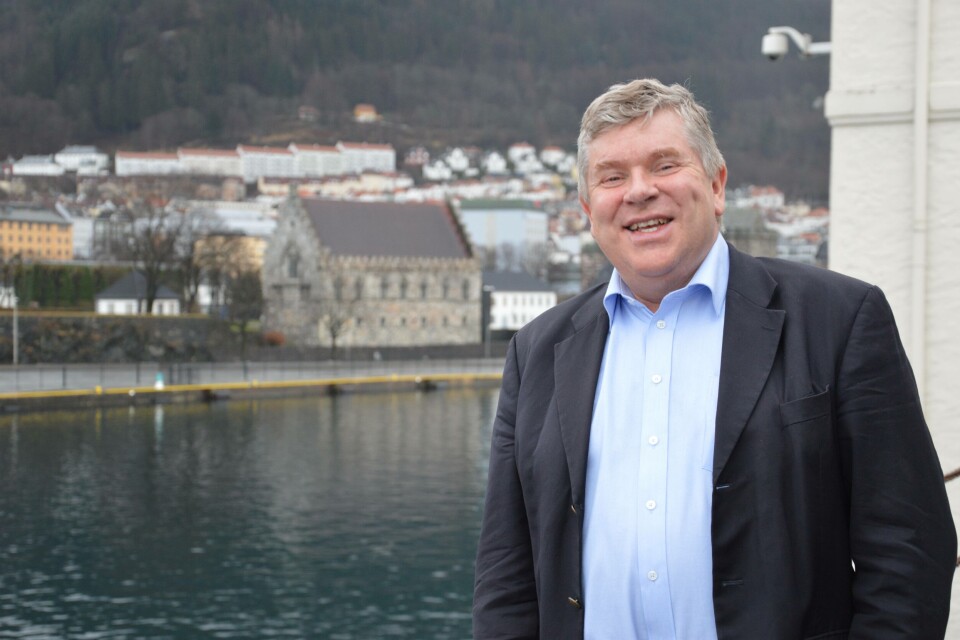
Increasingly green feed
Initiatives that have halved the use of marine ingredients over the last 10 years, increasing the use of fish trimmings by 10% in five years in feed formulations and reducing greenhouse gas emissions from feed mills by 11% since 2013 have all been highlighted in EWOS’s latest sustainability report.
The brand, which was bought by Cargill in August, issued the annual report yesterday. “Consumers want to know where their food is coming from, what it is made of and how it is produced,” said Einar Wathne, President Cargill Aqua Nutrition.
“Whether we are developing new technologies, sourcing new raw materials or innovating new feeds, the need for transparency in everything we do is fundamental. This is why we report to such a detailed extent on our sustainability performance.”
Fewer marine ingredients
Over the last 10 years EWOS has reduced the marine index dramatically from 55% in 2005 to 27% in 2015, while at the same time increasing feed production by 70%. In 2015, EWOS was, for the first time, able to provide feed that gives salmon farmers the opportunity to be net producers of marine protein and marine oil.
More fish trimmings
In 2015, 32% of the marine ingredients used in EWOS feeds were from fish trimmings – an increase of almost 10% in five years. This raw material has become available as a result of supplier development programmes and screening from Cargill Innovation.
“Trimmings and by-products from fish are an ideal raw material for fish feed,” Wathne said. It is the natural food for fish, it can often be sourced locally and it upcycles materials that would have otherwise gone to waste into healthy and delicious food.”
Cooler production
Through a number of investments in renewable energy and more efficient technologies, the company has successfully reduced its greenhouse gas emissions per tonne feed produced by more than 11% since 2013.
“Salmon is an efficient animal to farm. It has a low feed conversion ratio and yields a high share of fillet, placing it second to only chicken in terms of carbon footprint,” commented Wathne. “Farmed fish is future-friendly food. We are committed to contribute to sustainable aquaculture by supplying high quality feeds, and as such providing essential protein and fatty acids for a growing world population. Seafood is an important part of a healthy diet, providing not just protein, but the long chain omega-3 fatty acids essential to human health. Choosing the right raw materials for our feeds and using them to create efficient, healthy feeds for aquaculture is one of our most important contributions to producing healthy seafood for future generations.”
The full report is available at: http://www.reporting.ewos.com/media/709/ewos-sustainability-report-2015.pdf






















































